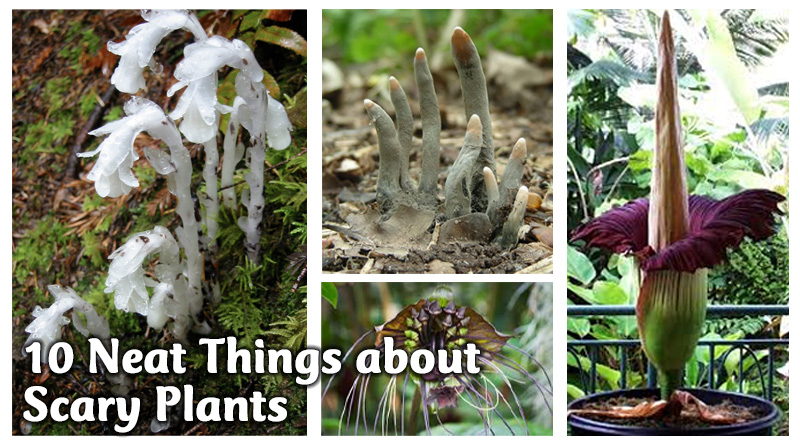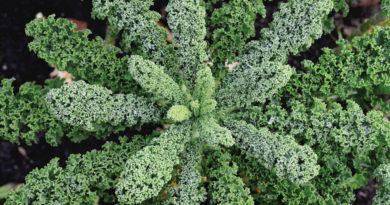About Scary Plants

1. Bat flower.
One of the scary plants, the handsome Tacca chantrieri flowers are almost black and a little reminiscent of bats, with their two bracts looking like wings, behind long whiskers and smaller blooms. They are tropical and a challenge to grow indoors, but it is possible. Keep it in bright indirect light, consistently moist, in a humid environment.
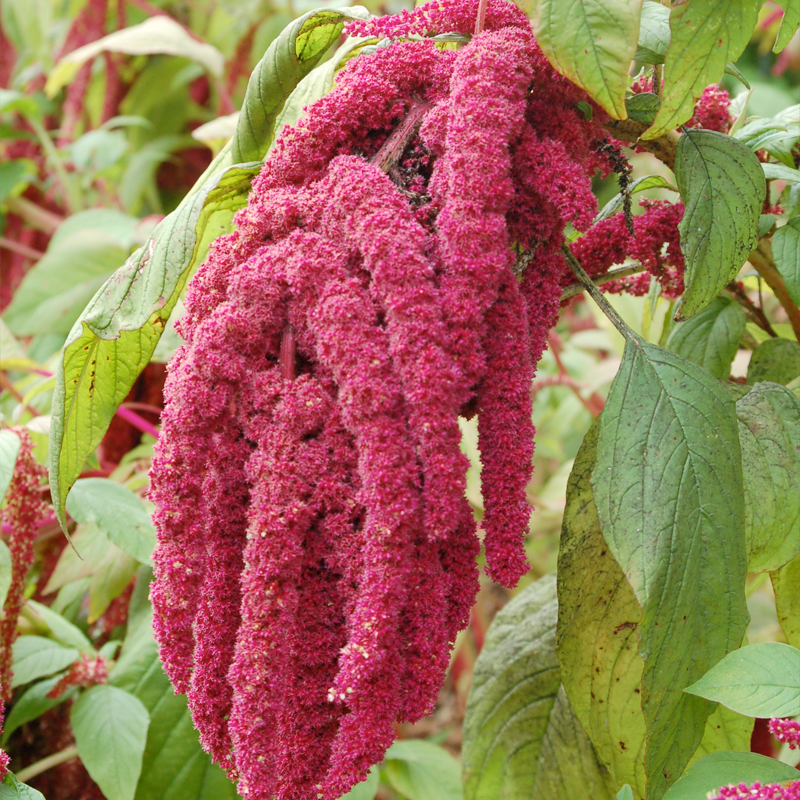
2. Love lies bleeding.
The only thing scary about this plant, Amaranthus caudatus, is the name. In the Victorian language of flowers, this one is a symbol of hopeless love. In reality, its seeds and leaves provide food.

3. Castor bean.
No scary name, but this plant is one of the most frightening things typically found in Canadian gardens. Castor plant is the source of the deadly poison ricin and consuming just two seeds could kill a child. Accidental poisonings are very rare, though. If you like to grow this tall, gorgeous plant as an annual, keep doing it.

4. Ghost plant.
Seeing a Monotropa uniflora, you might presume it is some kind of fungus. This is because it has no chlorophyll. It is ephemeral and parasitic. You will not succeed if you try to plant it, and they only last a couple of days anyway. They pop up when it rains after a dry period. If you are lucky enough to happen upon any scary ghost plant in the forest, take pictures.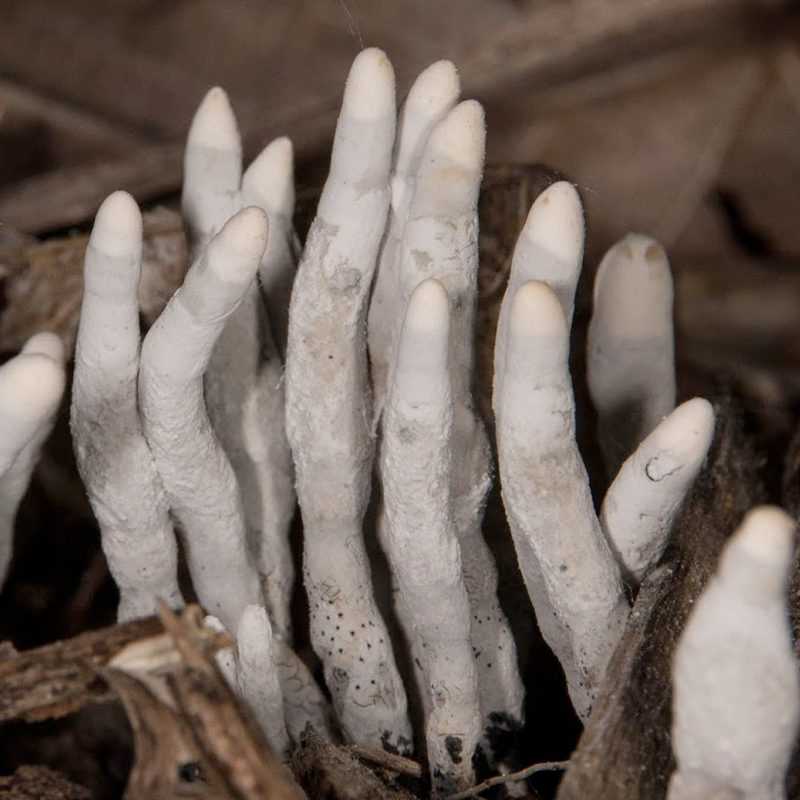
5. Dead man’s fingers.
Xylaria polymorpha isn’t a scary plant but a scary fungus. Like ghost plant, you might happen upon these whilst tromping in the woods. If you’re inclined to eat strange mushrooms you see (and are still alive to read this), don’t eat these; they contain poisons.
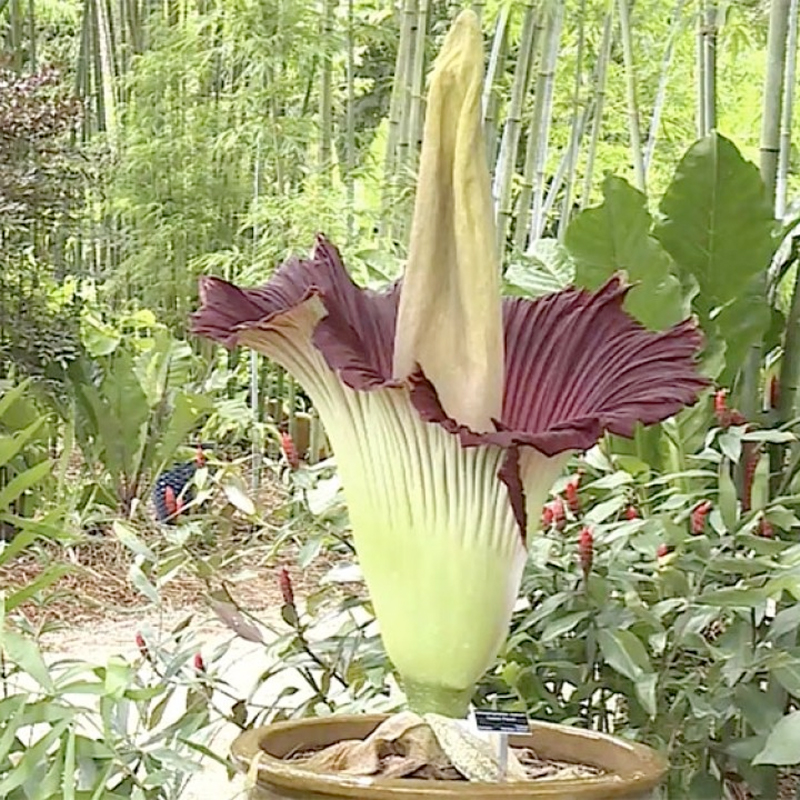
6. Corpse flower.
You won’t see this unless you specifically set out to. Amorphophallus titanium is one of the largest flowers in the world. It originates in Indonesia but is mostly seen in plant conservatories. They typically bloom only every seven years and smell like rotting meat.
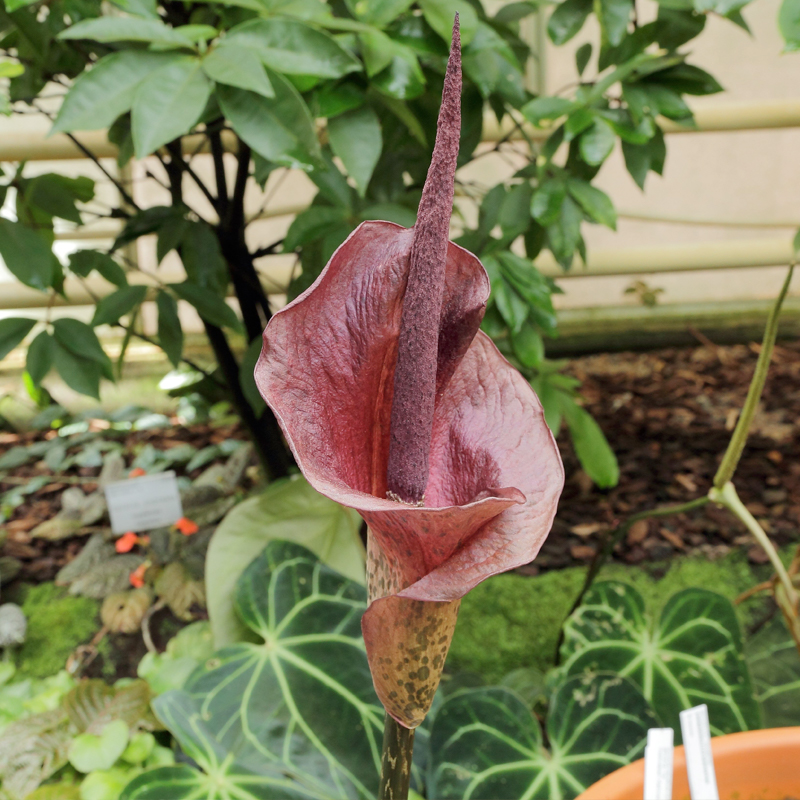
7. Voodoo lily
Another Amorphophallus, A. konjac is also stinky but is quite useful. Voodoo lily is prized in Japan for its corm, which is used to make various foods, including shirataki noodles and konnyaku, or yam cake. The plant has an attractive red flower, but you aren’t likely to be able to grow it at home.
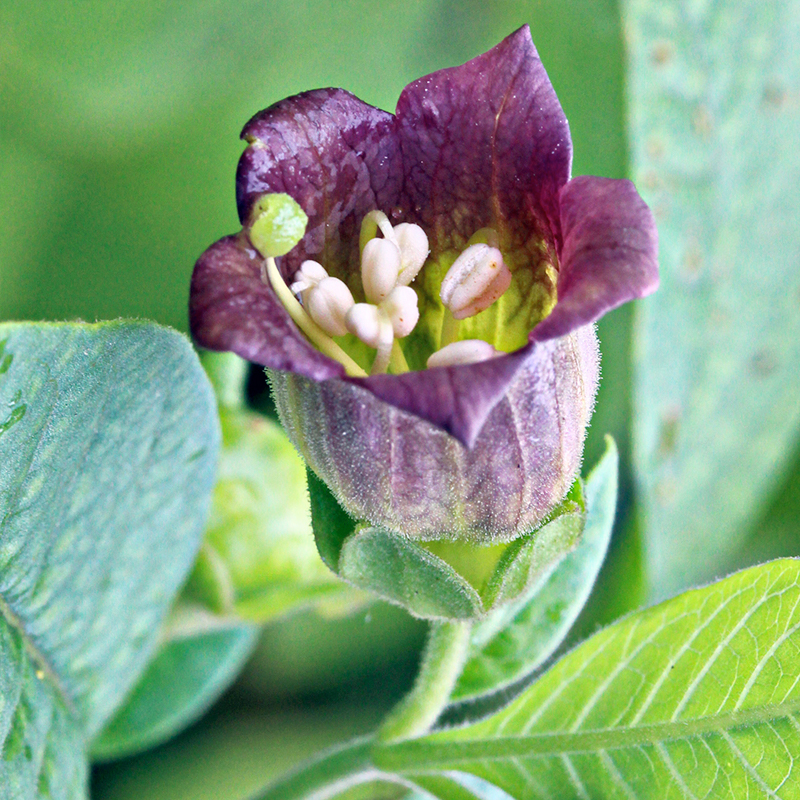
8. Deadly nightshade.
Atropa belladonna is a weedy plant that isn’t common in Canada, though various relatives of it are. Native to Europe, juice from the berries was used during the Renaissance by ladies to dilate their pupils to make them more attractive. Like the name, though, these nightshades can be deadly. The seeds are sometimes used for a psychotropic trip which is usually unpleasant.
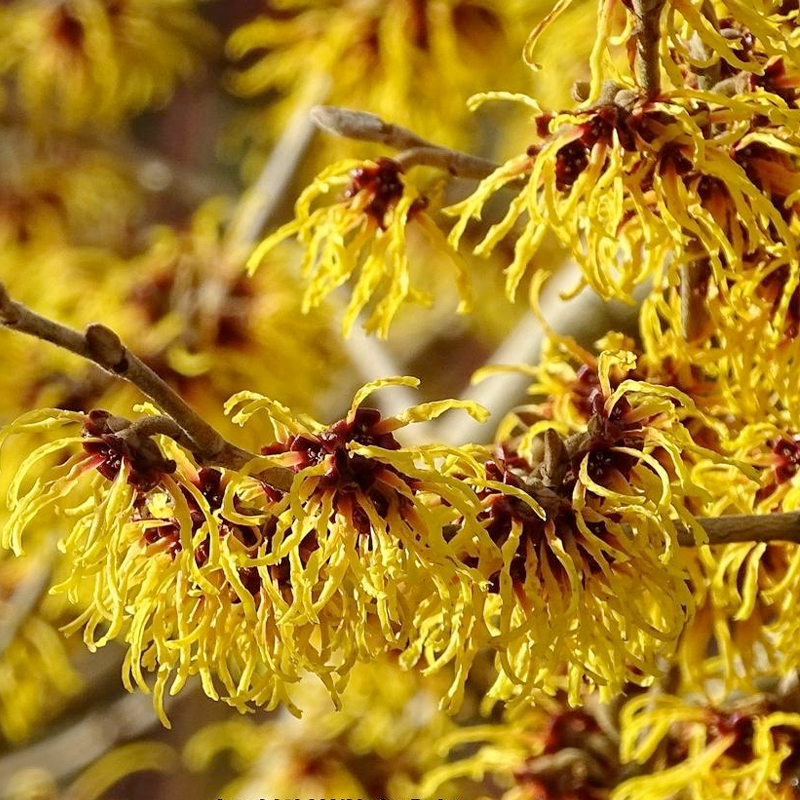
9. Witch hazel.
Some Hamamelis are native to Canada and native to Zone 4a. The “witch” in the common name, though, isn’t spooky. It’s from the Old English wice, meaning bendable. The flower, with its four threadlike petals, looks like something that has survived a battle. H. virginiana blooms in fall.
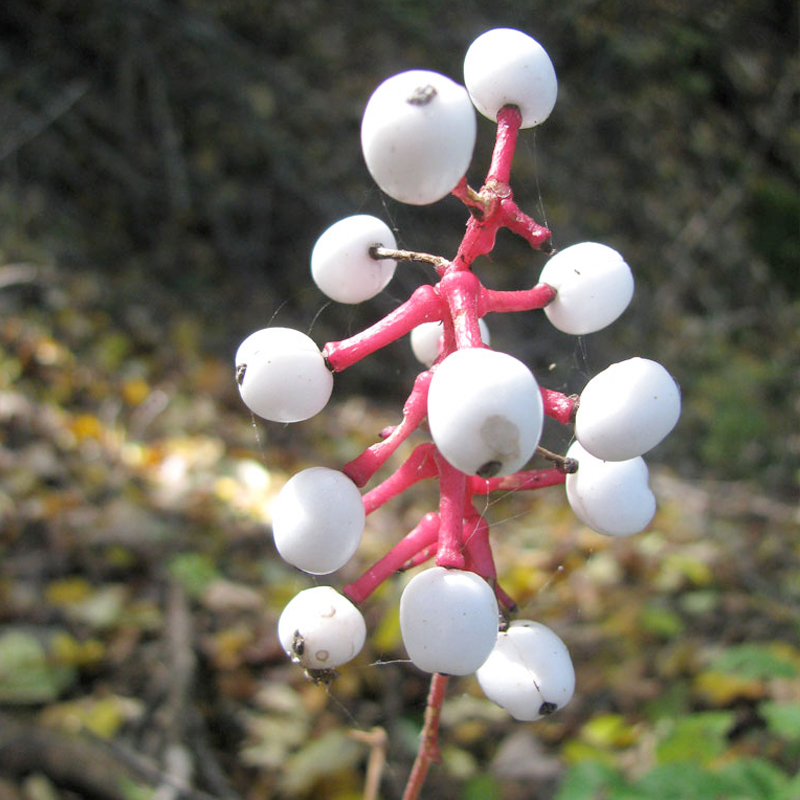
10. Doll’s eyes.
Actea pachypoda makes this list for its creepy white berries with dark stigma scars. In addition to looking spooky, the berries can cause death in humans upon consumption. It has an interesting flower which, along with the striking berries, mean it’s gaining popularity in gardens. It originates in Eastern North America and it’s hardy to Zone 3.

